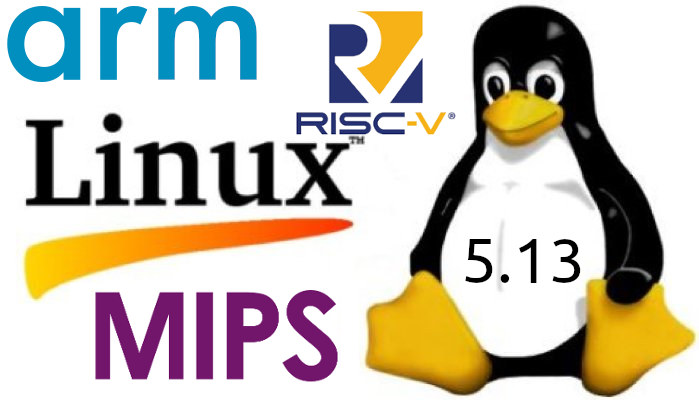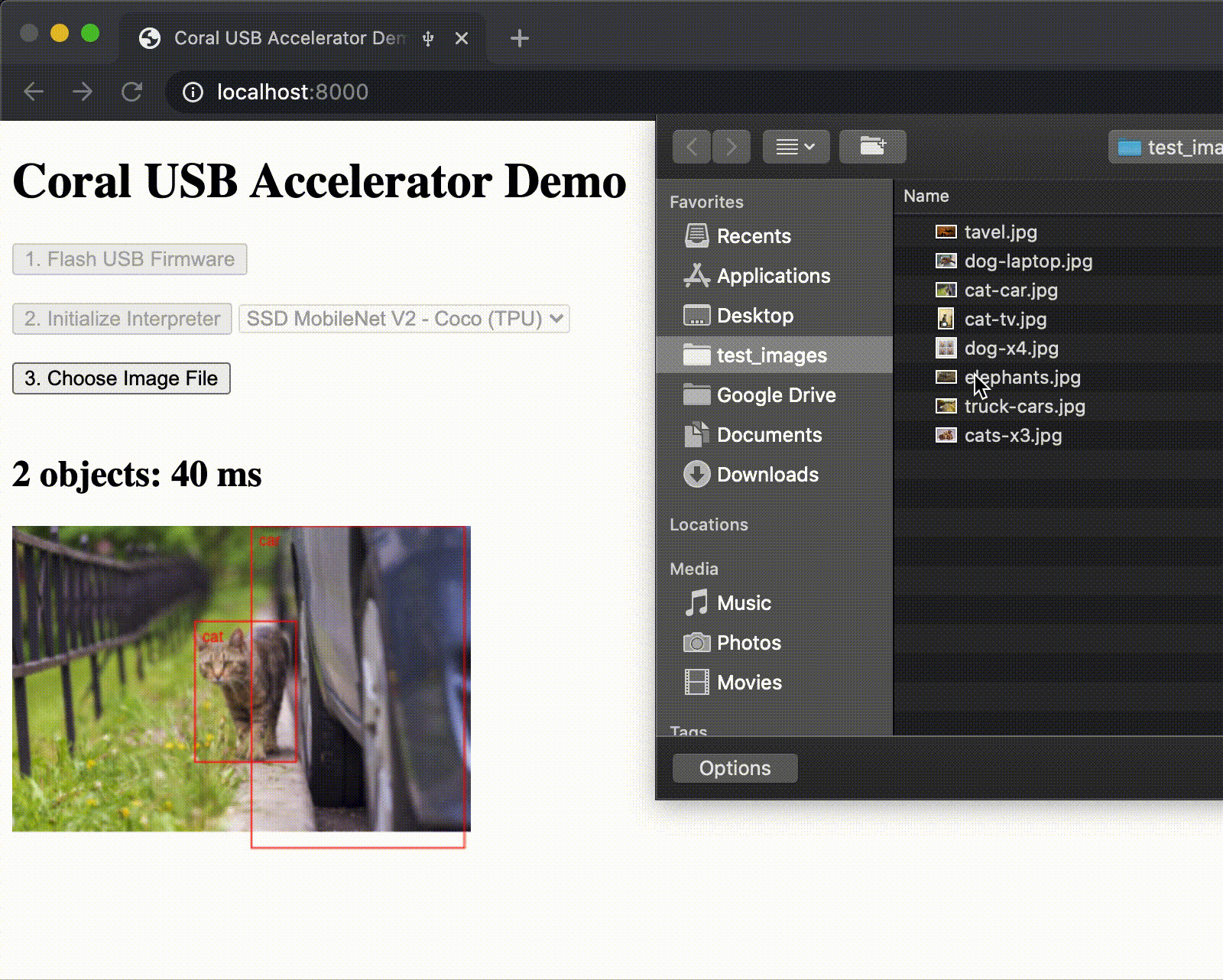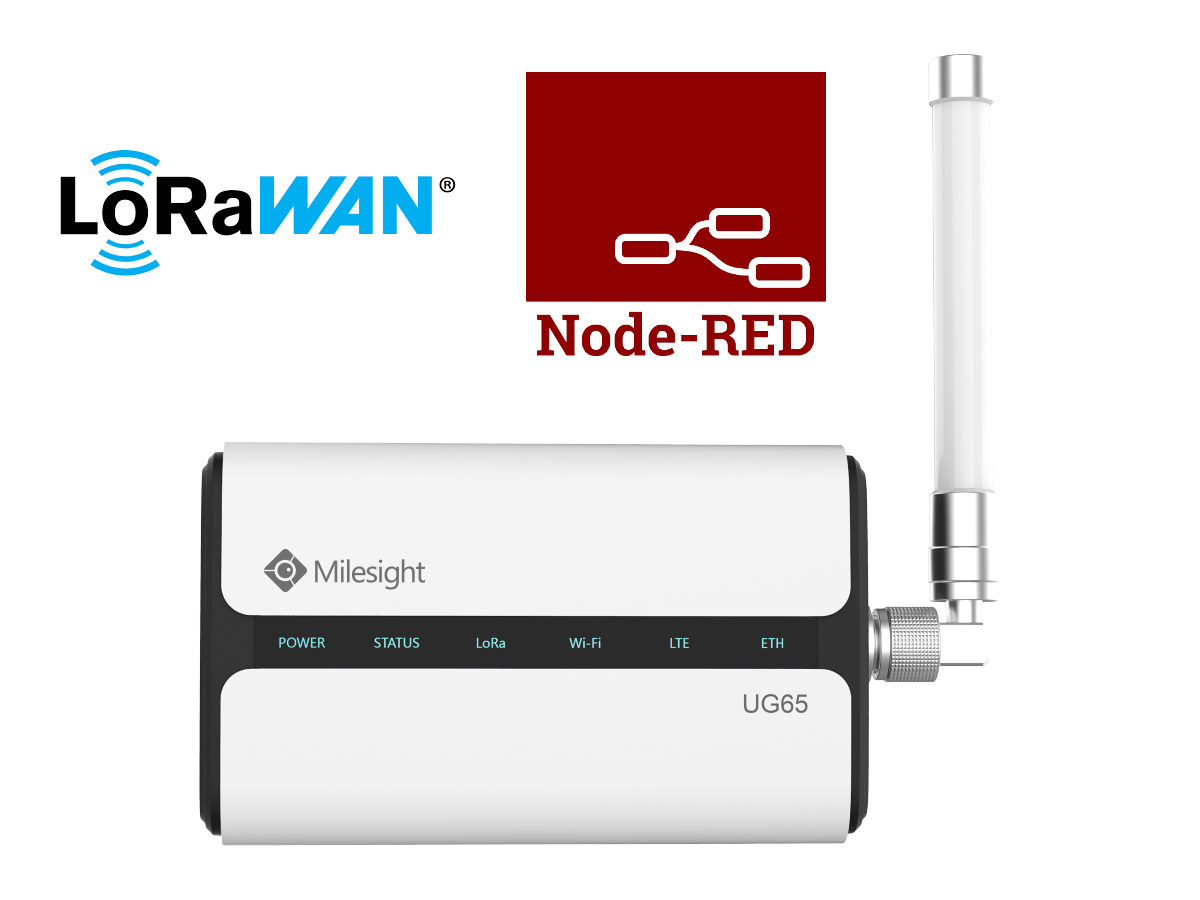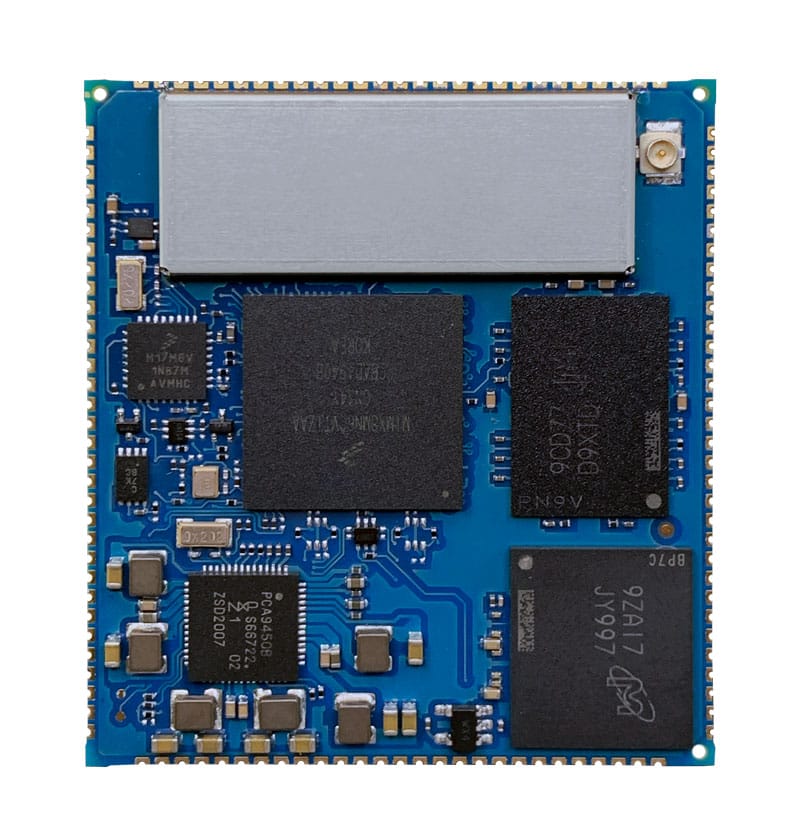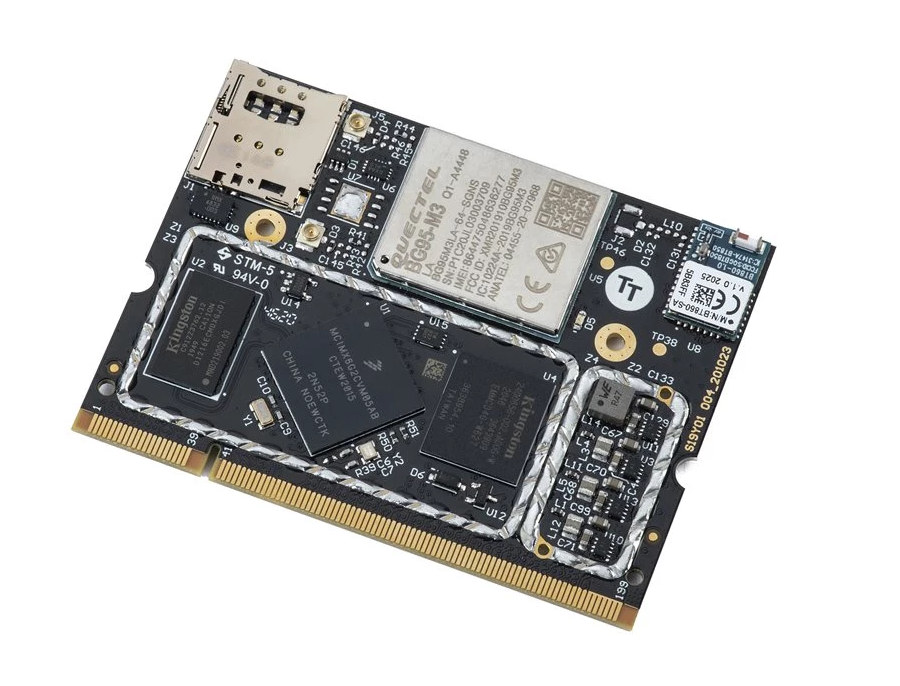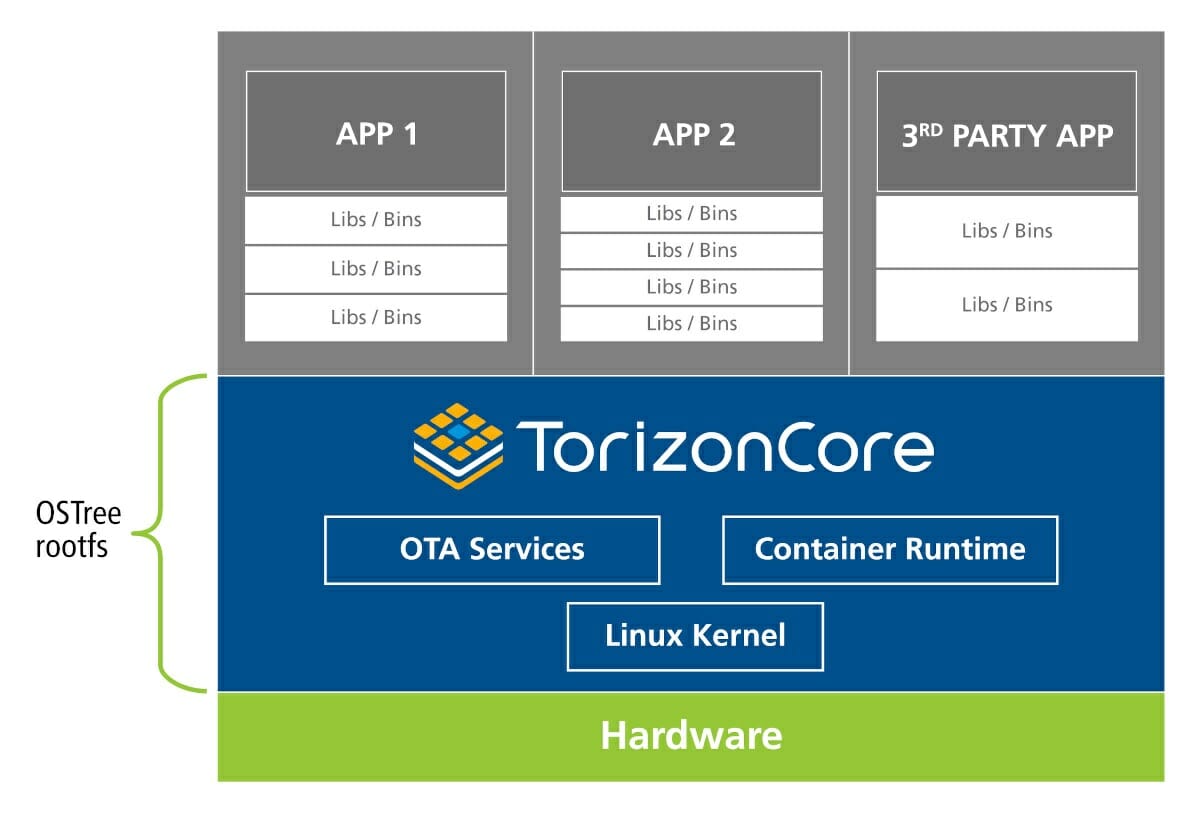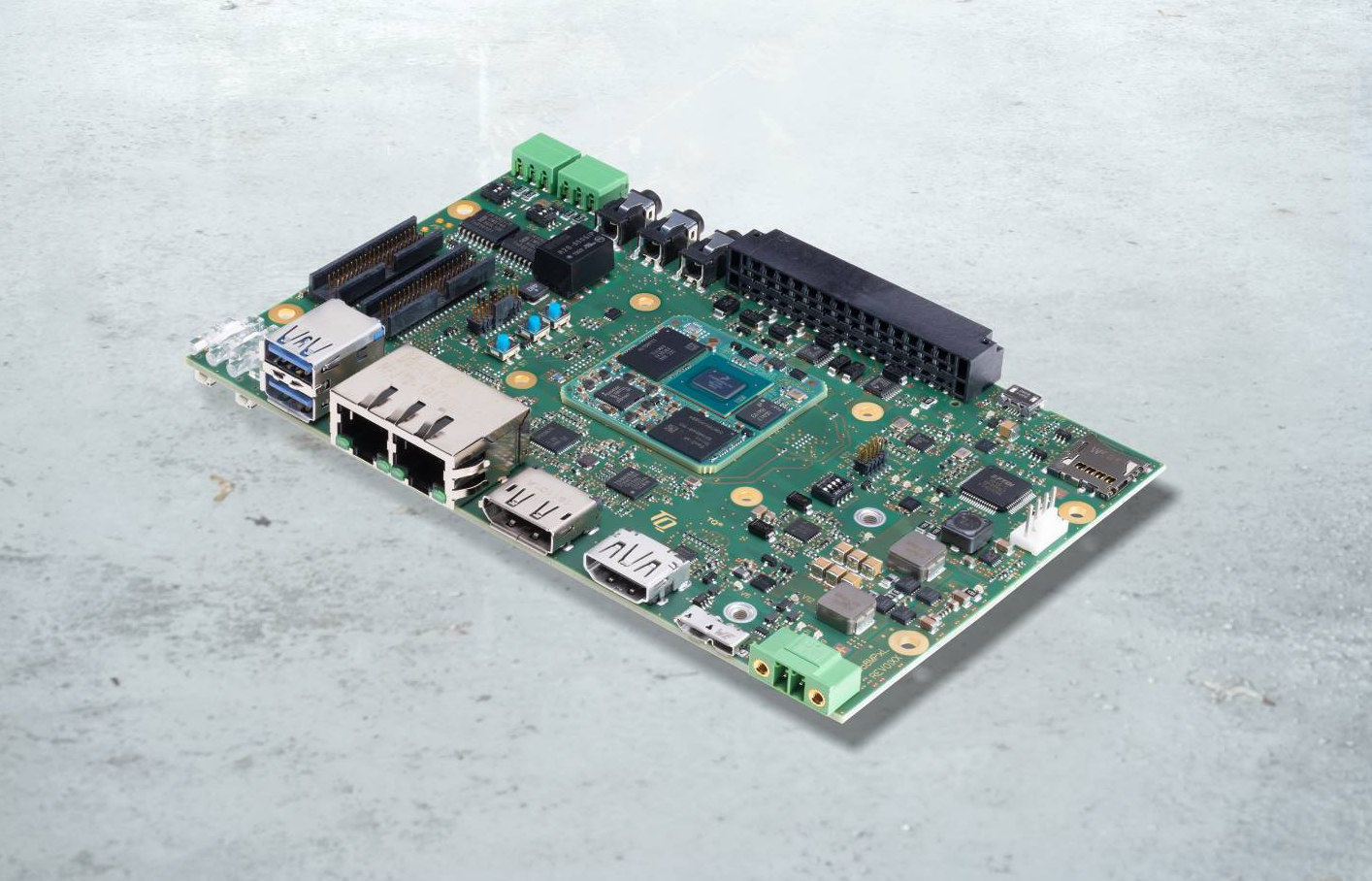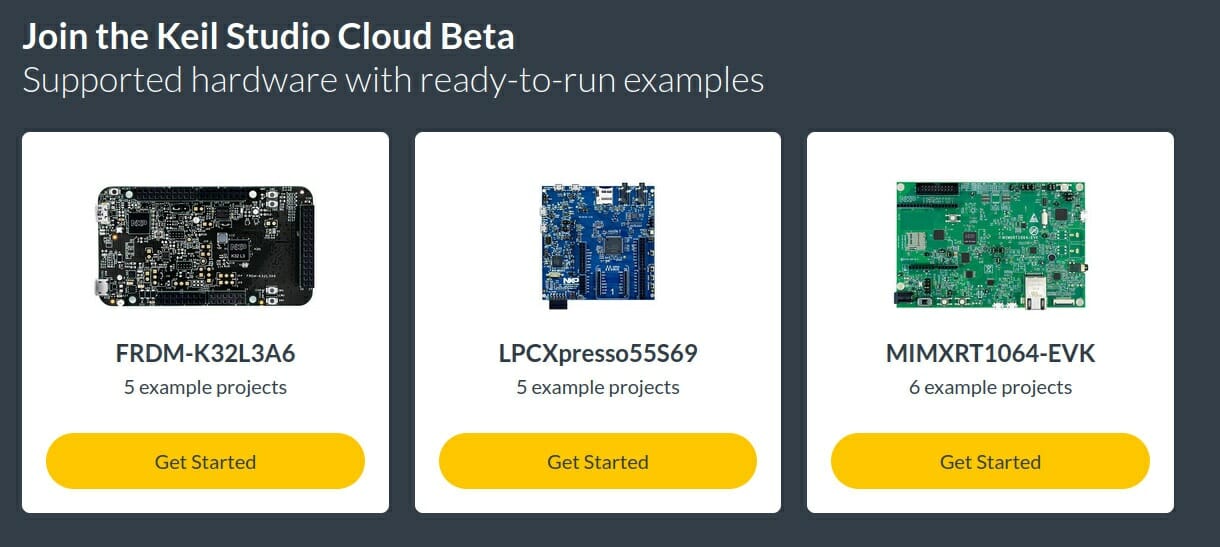Linus Torvalds has just announced the release of Linux 5.13: So we had quite the calm week since rc7, and I see no reason to delay 5.13. The shortlog for the week is tiny, with just 88 non-merge commits (and a few of those are just reverts). It’s a fairly random mix of fixes, and being so small I’d just suggest people scan the appended shortlog for what happened. Of course, if the last week was small and calm, 5.13 overall is actually fairly large. In fact, it’s one of the bigger 5.x releases, with over 16k commits (over 17k if you count merges), from over 2k developers. But it’s a “big all over” kind of thing, not something particular that stands out as particularly unusual. Some of the extra size might just be because 5.12 had that extra rc week. And with 5.13 out the door, that obviously means […]
Coral Dev board news – NXP critical firmware update, manufacturing demo, and WebCoral in Chrome
Google Coral is a family of development boards, modules, M.2/mPCIe cards, and USB sticks with support with local AI, aka on-device or offline AI, based on Google Edge TPU. The company has just published some updates with one important firmware update, a manufacturing demo for worker safety & visual inspection, and the ability to use the Coral USB accelerator in Chrome. Coral firmware update prevents board’s excessive wear and tear If you own the original Coral development board or system-on-module based on NXP i.MX 8M processor, you may want to update your Mendel Linux installation with:
|
1 2 |
sudo apt update sudo apt dist-upgrade |
The update includes a patch from NXP with a critical fix to part of the SoC power configuration. Without this patch, the SoC might overstress and the lifetime of your board could be reduced. Note this only affects NXP-based boards, so other Coral products such as Coral Dev Mini powered by Mediatek MT8167S […]
UG65 LoRaWAN gateway supports Node-RED, up to 2,000 nodes
Node-RED is a popular flow-based, visual programming development tool originally developed by IBM for wiring together hardware devices, APIs, and online services as part of the Internet of Things. But despite being designed for the IoT, I’ve seldom seen Node-RED support for LoRaWAN hardware, the only exception being the Axon platform, a tiny WiFi & LoRaWAN board. But there’s at least one more option with Milestone IoT’s UG65 LoRaWAN gateway, launched late last year, getting a firmware update that adds Node-RED support. UG65 LoRaWAN gateway specifications: SoC – NXP quad-core Cortex-A53 processor @ 1.5 GHz System Memory – 512 MB DDR4 RAM Storage – 8 GB eMMC flash Connectivity LoRaWAN Semtech SX1302 based Fully Integrated Internal Antenna (Optional: 1 × 50 Ω N-Female External Antenna Connector) 8 channels Frequency Bands – CN470, IN865, EU868, RU864, US915, AU915, KR920, AS923 Sensitivity – -140dBm Sensitivity @292bps Output Power – 27dBm Max Protocol […]
Digi ConnectCore 8M Mini SOM and Mini Development Kit for Industrial IoT Applications
Digi International has announced the Digi ConnectCore 8M Mini System-on-Module (SOM) which is an addition to its ConnectCore family modules. We saw the Android application development kit featuring earlier Digi Wireless modules based Freescale i.MX51 (ConnectCore Wi-i.MX51) and i.MX53 (ConnectCore Wi-i.MX53) in early 2012. The new Digi ConnectCore 8M Mini comes with a built-in Video Processing Unit specialising in vision use cases. The Digi ConnectCore 8M Mini SOM is an industrial i.MX 8M Mini quad-core system-on-module that comes with Arm Cortex-A53 cores, one Cortex-M4 core, and the Cortex-M0-based Digi Microcontroller Assist. This enables optimal power consumption while simultaneous maintenance of highly efficient performance. Main benefits of Digi Connect Core 8M Mini SOM Digi SMTplus form factor (40 x 45 mm) for flexibility and reliability while designing. Power management with both hardware and software support for low-power designs. Display and camera capabilities with graphics and video hardware acceleration make it suitable […]
Cellular system-on-module integrates Quectel BG95-M3 Cat M1, NB-IoT, GPS module
Most systems-on-module come with a processor, memory, storage, and maybe a PMIC and some extra chips such as an Ethernet PHY. Some add wireless connectivity with a WiFi & Bluetooth module, but TT Electronics S-2Connect Creo SoM is more unusual as a Linux-powered SO-DIMM module with built-in Cat M1 & NB-IoT cellular connectivity, as well as GPS. This is implemented through Quectel BG95-M3 multi-mode LPWA module and an eSIM and a micro SIM socket in combination with an NXP i.MX 6UL processor Cortex-A7 processor along with 256MB RAM and a 4GB eMMC flash. S-2Connect Creo SoM specifications: SoC – NXP i.MX6UL Cortex-A7 System Memory – 256MB DDR3L Storaage – 4GB eMMC flash Connectivity LTE Cat M1 (eMTC), Cat NB2 (NB-IoT) 2G/EGPRS fallback via Quectel BG95-M3 module based on Cortex-A7 processor running ThreadX Bands LTE – 1, 2, 3, 4, 5, 8, 12, 13, 18, 19, 20, 25, 26, 27, 28, […]
Combining OSTree and SW Containers for reliable IoT Device updates
CNXSoft: This is a guest post by Drew Moseley, Technical Solutions Architect at Toradex, explaining how the company updates Linux IoT devices firmware with OSTree (aka libostree) open-source operating system build and deployment tool, as well as Docker software containers. Every day more and more connected devices are being brought to market and estimates for the total size of the Internet of Things (IoT) market are as high as $1.5 trillion by 2027. Gas pumps, medical devices, and point of sale systems are increasingly connected, making it virtually impossible to avoid interacting with these devices, even for complete Luddites. In the home, devices such as power meters, light switches, and security cameras are commonly internet-enabled allowing for smart home functionality. The level of complexity in the software for these devices increases with the functionality, and the number of devices with software defects in the field is growing. In many cases, […]
TQ unveils i.MX 8M Plus LGA module and evaluation single board computer
We’ve seen plenty of systems-on-module based on NXP i.MX 8M Plus AI processor announced at Embedded World 2021 either with edge or board-to-board connectors. TQ TQMa8MPxL is a bit different as an i.MX 8M Plus LGA (Land Grid Array) system-on-module meant to be soldered on a carrier board. The company also took the occasion to unveil STKa8MPxL evaluation kit based on TQMa8MxML in single board computer format to demonstrate its new LGA module. TQMa8MPxL i.MX 8M Plus LGA module Specifications: SoC – NXP i.MX 8M Plus “Quad 8 ML/AI”, “Quad 6 Video”, or “Quad 4 Lite” processor with four Cortex-A53 cores, one Cortex-M7 core, Vivante GPU, video encoder/decoder, HiFi4 audio DSP, and 2.3 TOPS AI accelertor System Memory – Up to 4 GB LPDDR4 Storage – Up to 256 MB (MBytes)Quad SPI NOR flash, up to 256 GB eMMC flash, optional EEPROM up to 64 Kbit 362-pin LGA with Storage […]
Arm introduces Open-CMSIS-Pack and Keil Studio Cloud for MCU software development
Arm has just announced two new initiatives that aim to boost the productivity embedded, IoT, ML, and MCU software developers: the Open-CMSIS-Pack project and Keil Studio Cloud. The Open-CMSIS-Pack Project The Cortex Microcontroller Software Interface Standard (CMSIS) packs have been around for years providing a vendor-independent hardware abstraction layer for microcontrollers, mostly Cortex-M based, but others too, and currently support close to 9000 different microcontrollers. I always assumed CMSIS was open-source as the source code is available in Github under an Apache 2.0 license. But apparently, not all components are, and Arm has now announced the Open-CMSIS-Pack project that will move part of CMSIS into the open project in collaboration with the Linaro IoT and Embedded Group. Linaro, Arm, and other partners like STMicro and NXP will initially focus their work on command-line tools and CMake workflows, with the ultimate goal of making the CMSIS-Pack technology into a true open […]


